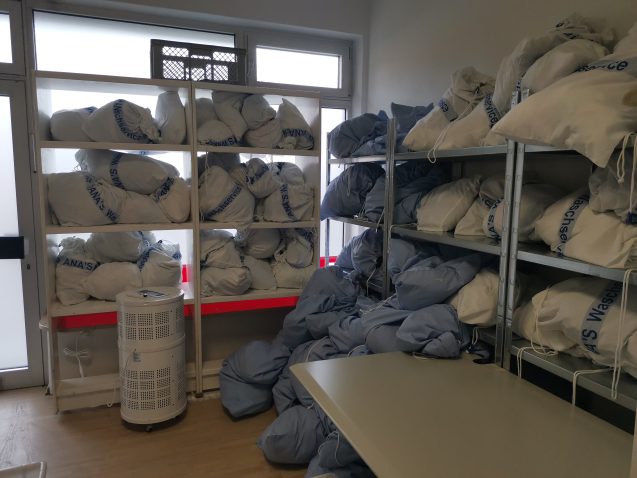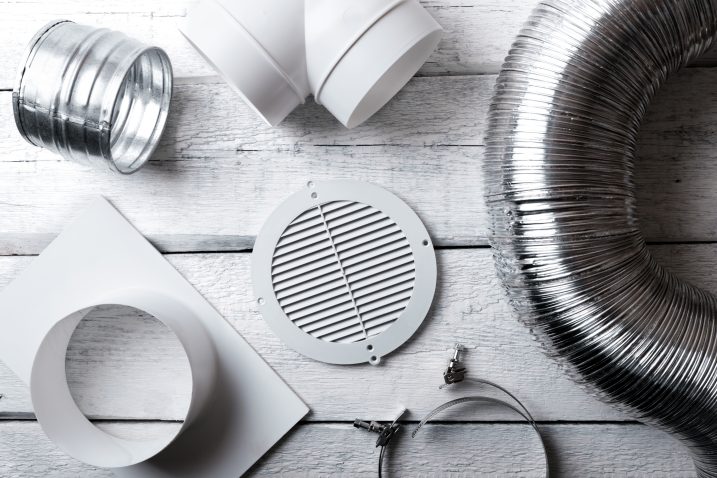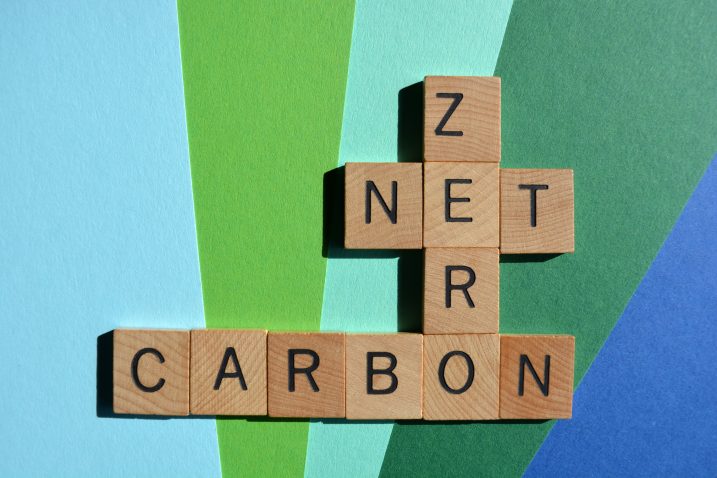Zer-O-Wash, the first climate-neutral commercial laundry in Germany, has invested in Rensair air purification to protect its staff and improve the working environment. Linda Zoumis, owner of Zer-O-Wash, started the business in November 2021, with the main client being a …
more
HALO is a non-profit for homeless and at-risk children. Based in the State of Missouri, USA, it has facilities in Kansas City and Jefferson City and serves over 2,000 children around the world per year. …
more
Rensair, specialists in indoor air quality, have supplied air purification units to business law firm Benesch to encourage employees to return to the office and return to in-person collaboration following the pandemic. …
more
Many people spend most of their lives indoors, so proper building ventilation is essential. In addition to maintaining healthy indoor air quality (IAQ) and optimising a building’s efficiency, ventilation helps remove pollutants, regulate temperature and ensures a comfortable working …
more
Retrofitting existing commercial buildings is no longer optional as the UK strives to achieve ambitious net-zero targets by 2050; it has become a pressing necessity. Older buildings are often characterised by energy inefficiency, with outdated heating systems, poor ventilation, and …
more
The challenge of combating climate change continues to be a focus for global governments. With the UK setting a target of achieving Net Zero emissions by 2050, much will hinge on the ability of commercial real estate to reduce carbon …
more
Air pollution is one of the most serious environmental challenges we face today. In many cities, the air quality is so poor that breathing it can be harmful. People wear masks not only for health reasons but also to protect …
more
Have you ever considered the air you’re breathing indoors? Most of us spend up to 90% of our time inside homes, offices, or schools, making indoor air quality more important than ever. Indoor air often contains pollutants like dust, mould, …
more
We spend most of our time indoors—at home, at work, or in public buildings. But did you know that indoor air can be more polluted than outdoor air? Dust, pollen, smoke, pet dander, and even bacteria float around in …
more










